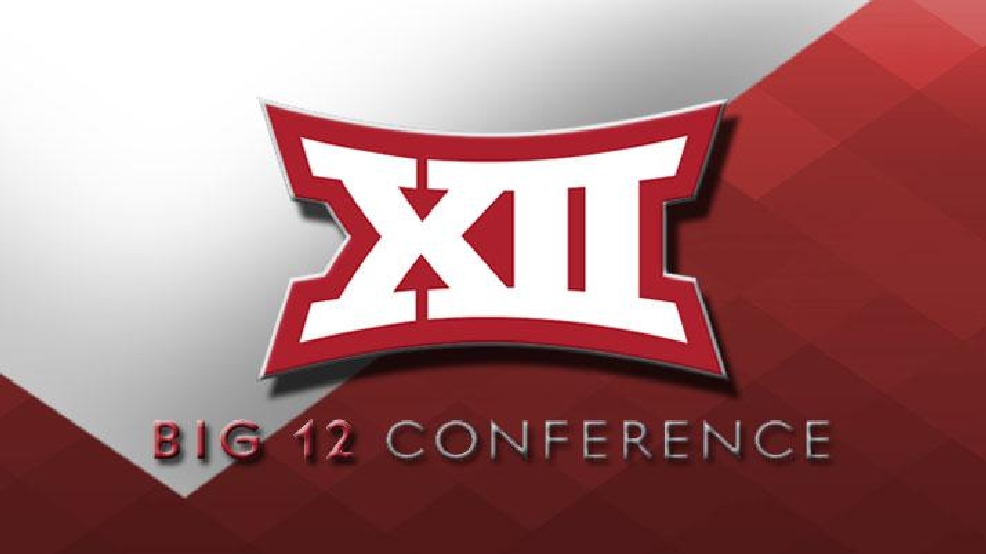

Like all other Big 12 schools, Texas and Oklahoma agreed to give the conference control of their most lucrative television rights, including football and most men’s and women’s basketball games, which the conference then sold to ESPN and Fox in a $2.6 billion deal that goes through the 2024-25 school year. Indeed, one of the thorniest subjects surrounding the expected defections of Oklahoma and Texas has been how much the universities might pay to the Big 12 and its schools in a buyout agreement. The additions of Oklahoma and Texas would give the conference new leverage for a rights agreement whose value could skyrocket with the arrival of two powerhouses. In December, the SEC announced a deal with ESPN that will, according to people familiar with its terms, pay the league about $300 million a year. The league already includes some of the mightiest brands in football, including Alabama, Florida, Georgia and Louisiana State, but drawing in Oklahoma and Texas would add two proud, tradition-bound programs.Īnd it would almost certainly enrich the league, which has declined to comment, in dramatic ways. The SEC, the country’s premier college football conference, has been at the heart of what Texas last Wednesday unconvincingly played down as “rumors or speculation” about the futures of the Longhorns and the Sooners. “We recognize that intercollegiate athletics is experiencing rapid change and will most likely look much different in 2025 than it does currently,” he added in a statement. Commissioner Bob Bowlsby said the decisions by the schools left the Big 12’s other members “disappointed.” In 2010, Texas and Oklahoma both weighed moving to what is currently the Pac-12, a central story line in that era’s round of realignment.īut Monday’s notices to the Big 12 are among the strongest possible indications that the universities expect new deals to materialize imminently. Much like coaching changes and player commitments, plans for conference switches can collapse before they are made final. When they do occur, they carry outsize financial and competitive consequences. Every year brings some shifts inside the sprawling N.C.A.A., which has about 1,100 member schools, but transitions from one Power 5 conference to another are far less common. The universities, which could earn millions more a year if they are part of the SEC’s television package, seemed to acknowledge the coming chaos when they said they would “continue to monitor the rapidly evolving collegiate athletics landscape as they consider how best to position their athletics programs for the future.”Īlthough the decisions by Oklahoma and Texas will have the greatest effects on the Big 12 and, most likely, the SEC, their choices will drive a process known as realignment that can scramble the membership rosters of conferences from coast to coast. Media rights are by far the largest source of revenue for college leagues, and a decision to leave a conference’s signature deal is tantamount to exiting the conference itself.


The schools said they “intend to honor their existing grant of rights agreements,” but lawyers and broader forces in college sports could ultimately let them exit those Big 12-connected contracts far sooner. Oklahoma and Texas, on-field rivals but tethered to each other in this shift, said in a joint statement that they would not renew their existing television deals after they expire in 2025. The formal notifications involved only media rights and were required under the Big 12’s bylaws, but they opened the way for the schools to move to the Southeastern Conference, which could swell into a 16-team league and sweep up far greater power, wealth and athletic prestige. Starting what would be the most consequential reordering of college sports conferences in about a decade, the University of Oklahoma and the University of Texas told the Big 12 on Monday that they would leave the league in the coming years.


 0 kommentar(er)
0 kommentar(er)
